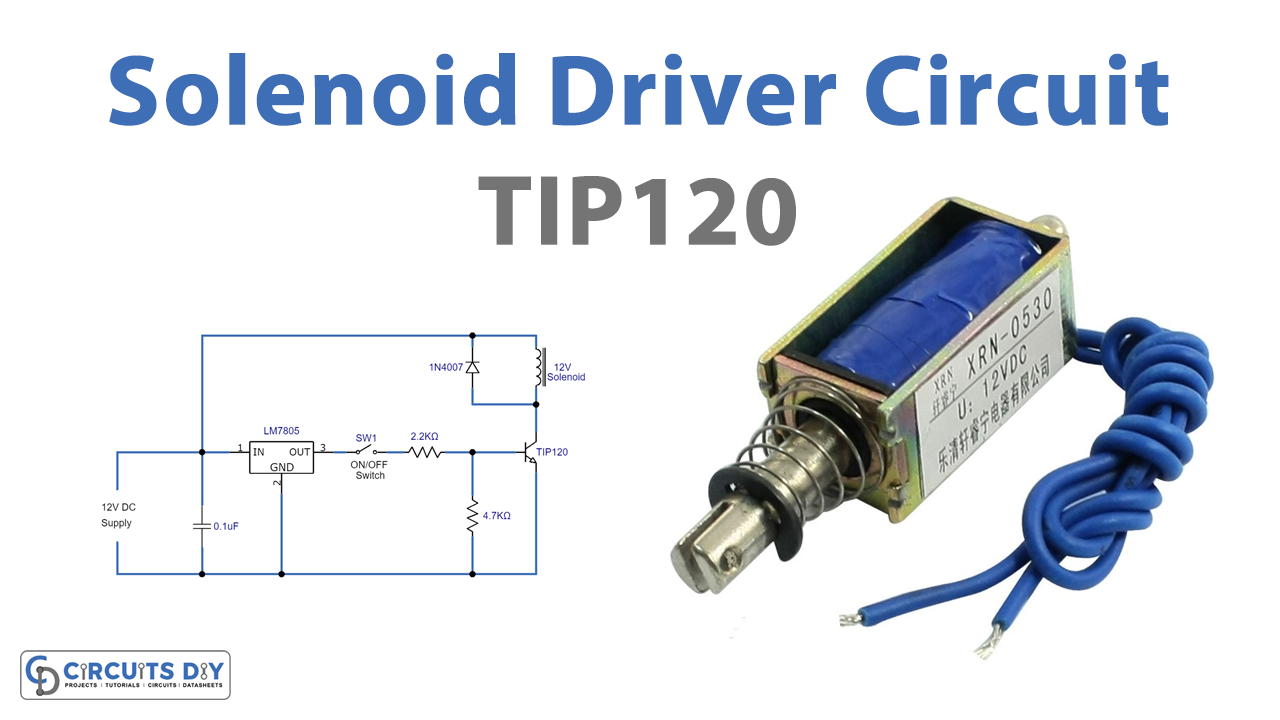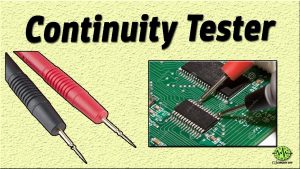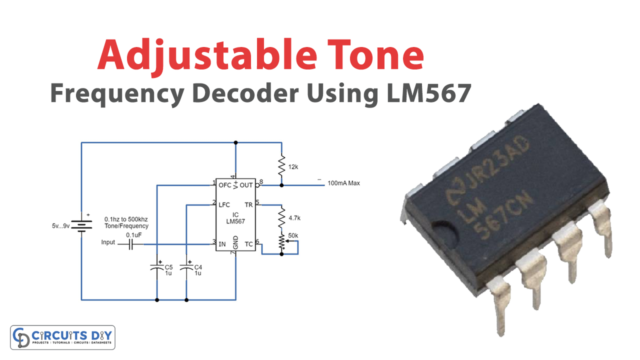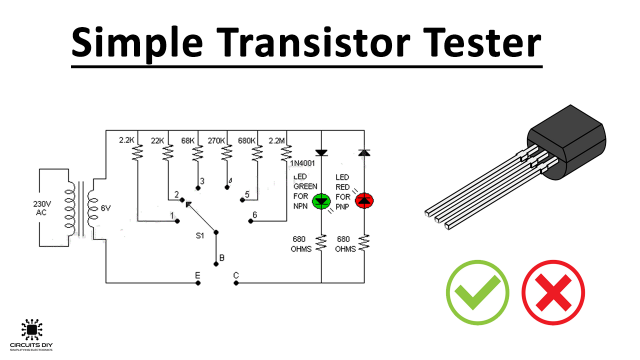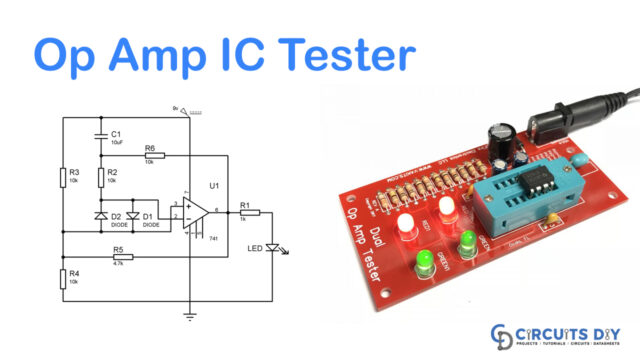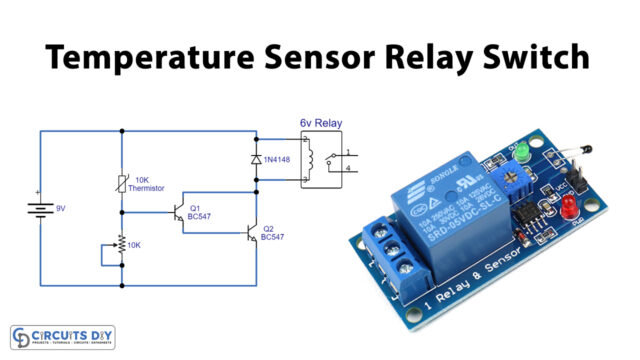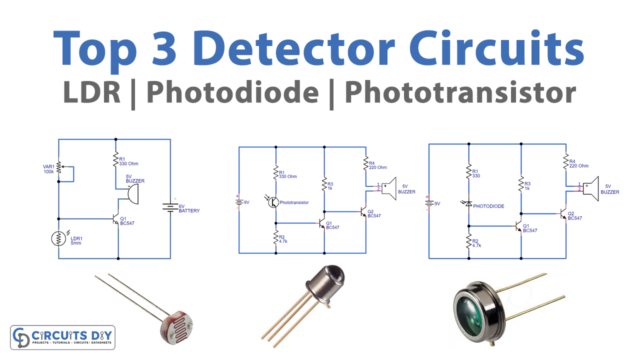Introduction
Solenoids are technically electromagnets that convert electrical supply into linear motion. Solenoids and electromagnets are not the same things, but people usually consider them the same. A solenoid is only a loop of wire, however, when you run a current through it, you make an electromagnet. Since this is the most valuable utilization of a loop of wire, therefore it’s not shocking when people consider it electromagnetic. The solenoid has vast applications. We use it as a switch of power. Hence, it requires the driver circuit for that purpose. So, in this tutorial, we are going to “Solenoid Driver Circuit”. Thus the circuit uses the TIP120 transistor as its major component, so let’s first discuss its features.
TIP120 Features
- NPN Medium-power Darlington Transistor
- High DC Current Gain (hFE), typically 1000
- Continuous Collector current (IC) is 5A
- Collector-Emitter voltage (VCE) is 60V
- Collector-Base voltage (VCB) is 60V
- Emitter Base Voltage (VBE) is 5V
- Base Current(IB) is 120mA
- The peak load current is 8A
- Available in To-220 Package
Hardware Required
| S.no | Component | Value | Qty |
|---|---|---|---|
| 1. | Solenoid | 12V | 1 |
| 2. | NPN Darlington Transistor | TIP120 | 1 |
| 3. | Voltage Regulator IC | LM7805 | 1 |
| 4. | Diode | 1N4007 | 1 |
| 5. | Capacitor | 0.1µF | 1 |
| 6. | Resistor | 2.2KΩ, 4.7KΩ | 1, 1 |
| 7. | Switch | – | 1 |
| 8. | DC Supply | 12V | 1 |
Circuit Diagram
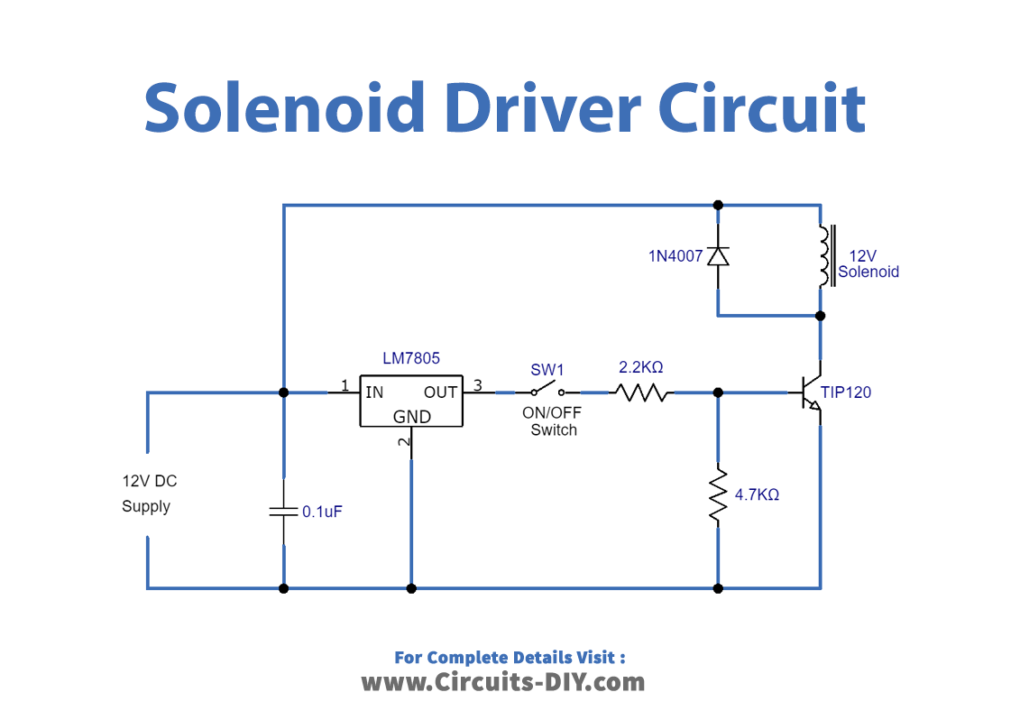
Working Explanation
By utilizing accessible parts we can fabricate this basic solenoid driver circuit. Transistor TIP120 requires the least base voltage thus voltage controller IC 7805 is used to manage the DC voltage input. We apply input supply 12V to the solenoid, and we associate one end terminal of the solenoid with the collector terminal of TIP120. We connect the regulator output with the base of transistor Q1 with the help of the control switch. When the switch is Off, the transistor Q1 remains OFF and the solenoid does not get supplied. When the switch is ON, in that case, the transistor gets ON because of the base-emitter voltage. Thus solenoid coil gets supplied and operates as an electromagnet.
Application and Uses
- In the locking mechanism, to drive solenoid.
- Door-locking systems for hotels, offices, etc.
- Vending machines.
- Remote access systems, etc


